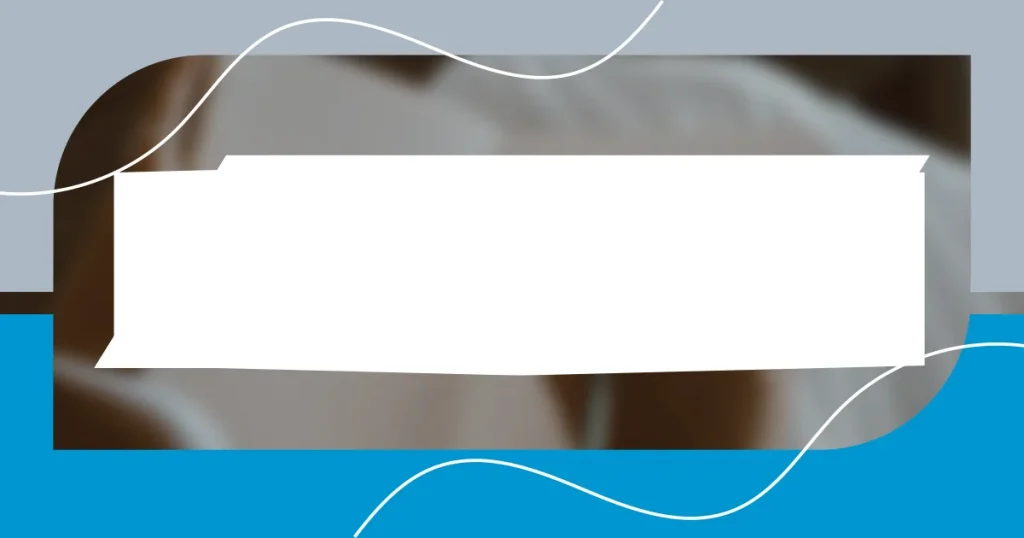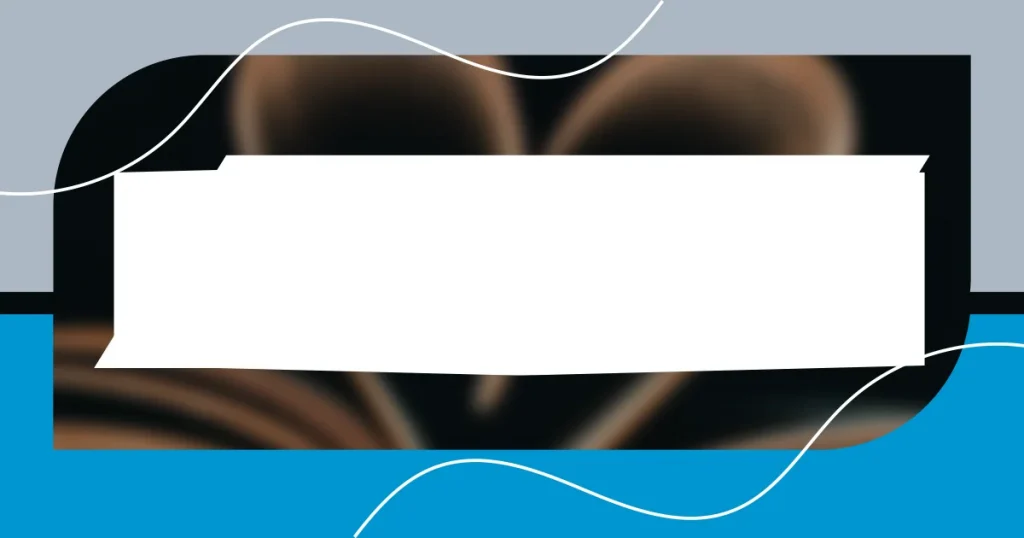Key takeaways:
- Establishing a dedicated writing space with natural light and personal touches enhances creativity and inspires writing.
- Developing a daily writing routine with specific times, warm-ups, and reflections fosters consistency and reduces anxiety.
- Incorporating breaks and exercise improves focus and creativity, while setting clear goals and deadlines guides progress in writing.
Establishing a writing space
Creating a writing space is like crafting a sanctuary where thoughts can flow freely. I remember transforming a small corner of my living room into my dedicated writing nook. It’s fascinating how a simple chair and desk can shift one’s mindset into “writing mode.” Have you ever felt that immediate change in your energy when you sit down in a space designed just for your craft?
Lighting plays a crucial role in setting the tone for your writing space. I often find myself gravitating towards natural light, as it invigorates my creativity. There’s something about the soft glow during the golden hour that makes my words dance on the page. What about you? Do you have a favorite time of day that inspires your writing?
Finally, personal touches can transform your space into a true reflection of who you are. I love surrounding myself with items that spark joy or motivation, like a vibrant piece of art or a beloved book. Have you considered how your environment shapes your writing experience? A few meaningful items can elevate the mood and inspire a wave of creativity, making the writing process even more enjoyable.
Developing a daily routine
Developing a daily writing routine is an essential part of my creative process. Over the years, I’ve learned that consistency helps reduce the anxiety associated with starting. I feel a sense of accomplishment when I can check off writing on my to-do list each day, even if the words don’t come easily. It becomes a comforting ritual that signals “it’s time to create,” fostering a productive mindset.
- Choose a specific time: I prefer early mornings; there’s a quiet stillness that fuels my thoughts.
- Set a time limit: I usually write for 30 uninterrupted minutes. It helps me focus without the pressure of perfection.
- Create a warm-up: I often spend the first few minutes journaling my thoughts. It gets my creative juices flowing.
- Stay flexible: I once tried writing at night but found my energy tapped out. Explore what works best for you.
- Reflect weekly: I enjoy looking back at my progress each Sunday, celebrating small victories and planning for the week ahead.
Using writing tools effectively
Using the right writing tools can significantly boost productivity. I’ve experimented with various tools and found that the right software increases my focus. For instance, using distraction-free writing apps has been a game changer. I recall the first time I tried one; it was like I had finally silenced the noise in my head. Have you ever felt enveloped in complete concentration just by the choice of your writing environment?
Additionally, I often rely on technology to aid my writing process. Voice-to-text tools have transformed how I brainstorm ideas. On particularly busy days, I can dictate thoughts while on my walk. This not only allows me to stay active but also captures ideas that might otherwise be lost. How about you? What tools streamline your creative process?
It’s also essential to regularly assess which writing tools resonate with me. I anchor my writing rituals with a mix of physical and digital tools; I might scribble ideas down on paper while using an app for more structured pieces. The key is to be flexible and intuitive about what enhances my creativity in the moment. Have you found your ideal combination yet?
| Tool Type | Benefits |
|---|---|
| Digital Writing Apps | Distraction-free environment, enhances focus |
| Voice-to-Text Software | Captures ideas hands-free, promotes active brainstorming |
| Physical Notebooks | Encourages tactile engagement, fosters creative flow |
| Writing Aids (Thesaurus, Grammar Check) | Improves word choice, boosts confidence in writing |
Incorporating breaks and exercise
Incorporating breaks into my writing routine has been a revelation. I used to push through long hours, thinking it would boost productivity, but I quickly learned that stepping away for even just a few minutes can recharge my mind. Whether it’s brewing a cup of tea or taking a quick stroll around my home, these mini-breaks clear the mental cobwebs and often inspire the next idea. Isn’t it fascinating how a little movement can unlock creativity?
Exercise, even in small doses, holds a special place in my daily writing rituals. I often integrate stretching or light workouts into my breaks, and I’ve found that it not only helps alleviate the stiffness from sitting but also enhances my focus and creativity when I return to the page. Once, a brief yoga session led to a breakthrough on a story I had been wrestling with for days. Have you ever experienced a moment of clarity after getting your body moving?
I firmly believe that incorporating both breaks and exercise should be an integral part of any writer’s routine. The balance of work and movement is vital for maintaining enthusiasm and freshness in my writing. I remember learning that our brains perform better when we switch gears occasionally. So, why not honor our creativity with moments of pause and physical activity? It’s a simple shift that can make a world of difference in how we write.
Setting goals and deadlines
Setting clear goals is fundamental in my writing routine. I often start by outlining specific objectives for my projects, whether it’s completing a chapter or finishing an article by the end of the week. It infuses my process with a sense of direction that feels rewarding. Have you ever noticed how setting a target can transform a daunting task into an exciting challenge?
Deadlines are equally crucial; they act as my motivational compass. I use an online calendar to map out my schedule, which helps me visualize the timeline for each piece. There was a time when I found myself scrambling to meet a last-minute deadline, and it taught me the importance of pacing myself. Now, I try to set earlier deadlines to allow for revisions and unexpected hiccups. Do you factor in buffer time in your writing plans?
Reflecting on my progress is another key aspect of setting goals. After each writing session, I take a moment to review what I’ve accomplished. This practice not only boosts my confidence but also helps me adjust my future goals based on what I’ve learned. I often find that acknowledging small wins rejuvenates my enthusiasm. How do you celebrate your achievements along the writing journey?
Finding inspiration in surroundings
Finding inspiration in my surroundings often transforms my writing experience. I recall a time when I was struggling with a creative block, so I decided to move my desk closer to a window. The simple act of watching leaves flutter and sunlight spill into the room sparked ideas I hadn’t considered before. It’s amazing how nature can influence our thoughts—isn’t it?
Sometimes, I find that my kitchen serves as a surprise muse. While waiting for my coffee to brew, I’ve had entire story arcs unfold in my mind. The aroma of freshly ground beans mingling with the sounds of bubbling water creates a comforting backdrop that seems to coax my thoughts into clarity. Have you ever noticed how a change in atmosphere can bring about unexpected bursts of creativity?
Moreover, the art on my walls has a profound impact on my writing. Each piece tells a story, often prompting my own narratives or reflections. I remember staring at a vibrant painting of a cityscape one afternoon and feeling an overwhelming urge to incorporate that energy into my characters. It’s intriguing how our surroundings can almost become characters themselves, influencing our mood and ideas. What elements in your environment inspire you most while writing?
Reflecting on the writing process
Reflecting on the writing process is like peeking into a personal mirror—I often discover insights I hadn’t noticed before. For instance, after finishing a lengthy article, I like to sit quietly and question how I felt during the writing. Were there moments of joy, frustration, or pure flow? Recognizing these emotions helps me understand my creative rhythm better, almost like unlocking a hidden door to my writing psyche. Have you ever paused to analyze your own emotional journey while writing?
One memorable experience that stands out is when I struggled with a particularly challenging chapter. After I completed it, I felt both exhausted and relieved. I took a day to reflect on what made it so tough and realized I had rushed through initial drafts without allowing myself space for creativity to breathe. This realization encouraged me to adopt a more patient approach thereafter. Isn’t it fascinating how self-reflection can lead to meaningful changes in our writing habits?
I’ve also found that reflecting on past writing sessions fuels my motivation for future projects. By reviewing what went well and what didn’t, I can adapt my strategies. For example, I once jotted down my observations in a journal dedicated to writing reflections, and flipping through those pages regularly helps remind me of my growth. How do you track your progress and insights? Finding your own methods could transform how you view your journey as a writer.











